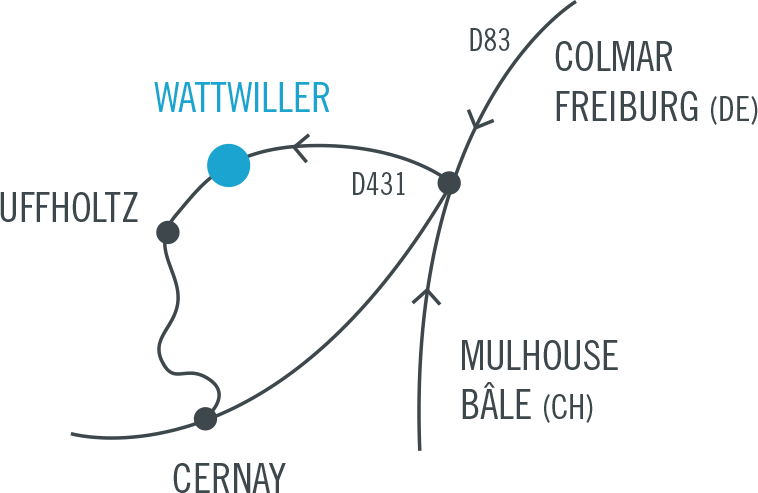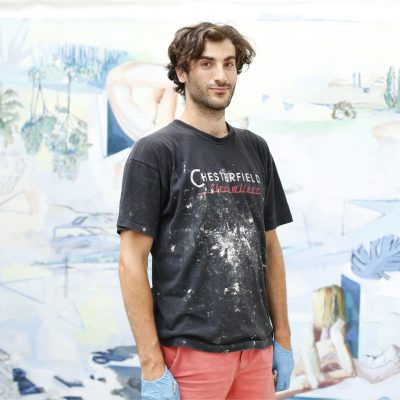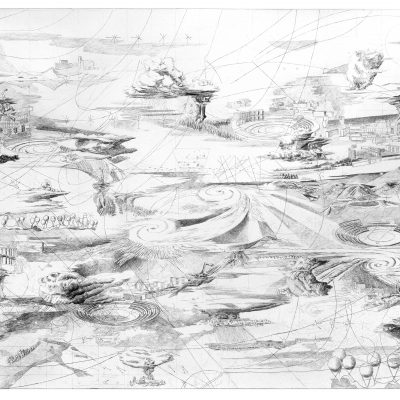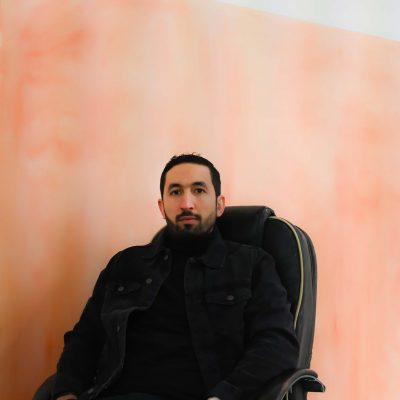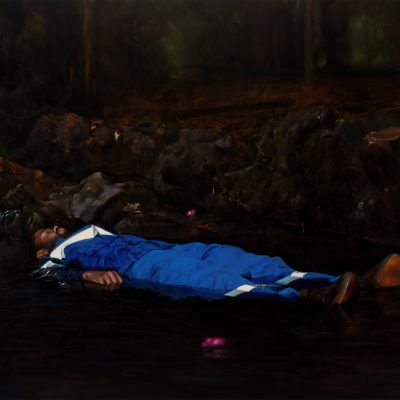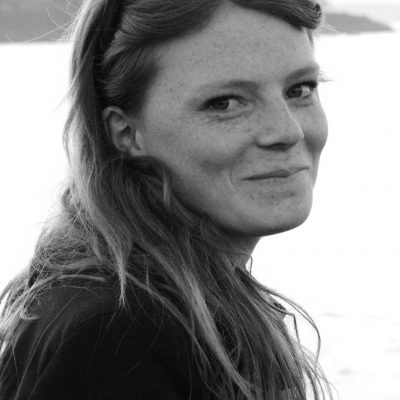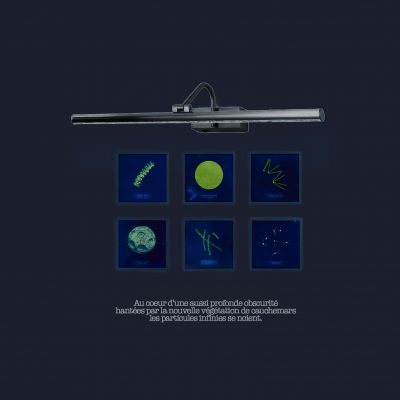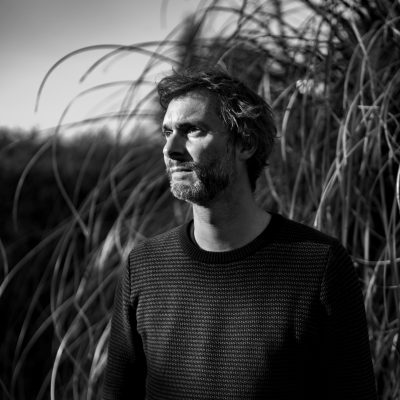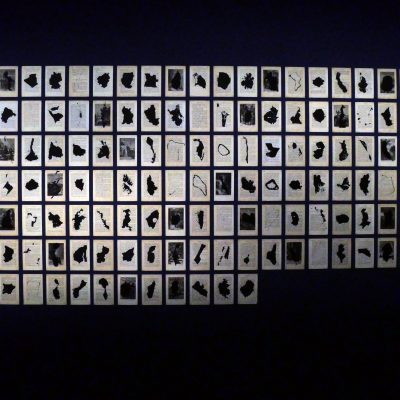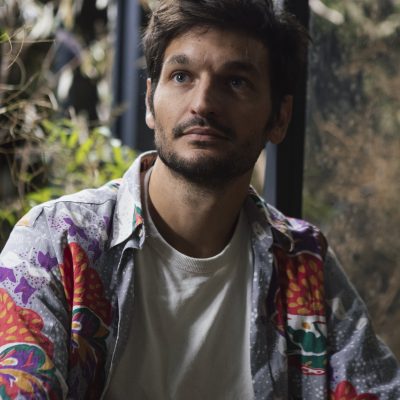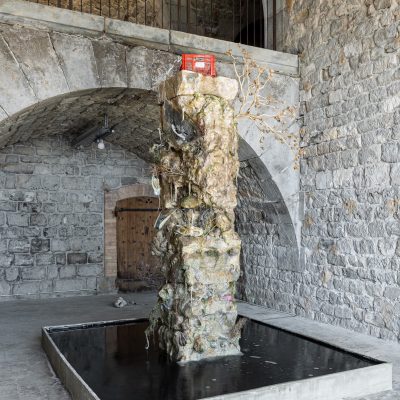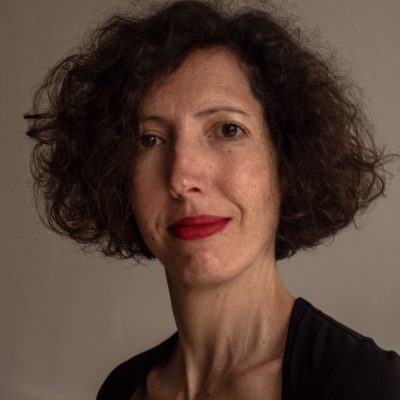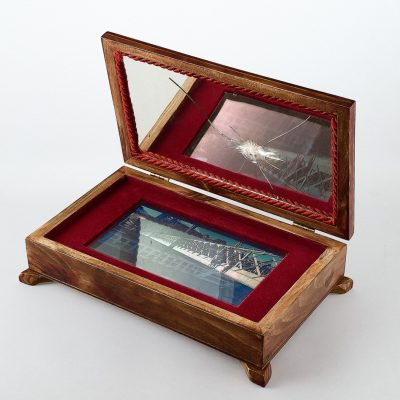Contemporary Talents 12th edition
Last February, four committees of experts selected the works or projects of 33 finalists from among the 433 candidates.
The 2023 grand jury, chaired by Jean-Noël Jeanneney, was composed of :
Rosa-Maria Malet – Director of the Miró Foundation 1980 – 2017, member of the Board of Directors (Barcelona)
Constance de Monbrison – Head of the Insulinde collections, musée du quai Branly – Jacques Chirac (Paris)
Alfred Pacquement – Honorary General Curator of Heritage (Paris)
Ernest Pignon-Ernest – Artist (Paris)
Roland Wetzel – Director of the Museum Tinguely (Basel )
The artists featured in this 12th edition are Ulysse Bordarias, Bilal Hamdad, Manon Lanjouère, Aurélien Mauplot, Ugo Schiavi and Noémi Sjöberg.
Ulysse Bordarias presents a multitude of storms in a large graphite drawing, Il pleuvait sur l’agora ; Bilal Hamdad presents Sans titre, the first painting in his ongoing series L’Horizon ; Manon Lanjouère recreates an abyssal atmosphere by presenting our waste in the form of underwater species in Les particules, le conte humain d’une eau qui meurt (the human tale of dying water) ; In Les Possessions, Aurélien Mauplot brings together maps of all the countries in the world based on Jules Verne’s Tour du monde en 80 jours; Ugo Schiavi presents Léviathan, a fountain-creature created from abandoned objects and a host of other materials; and Noémi Sjöberg explores the issues of mass tourism with her music box One euro to jump now.
We warmly congratulate the artists and look forward to welcoming their works to the collection in the near future.
